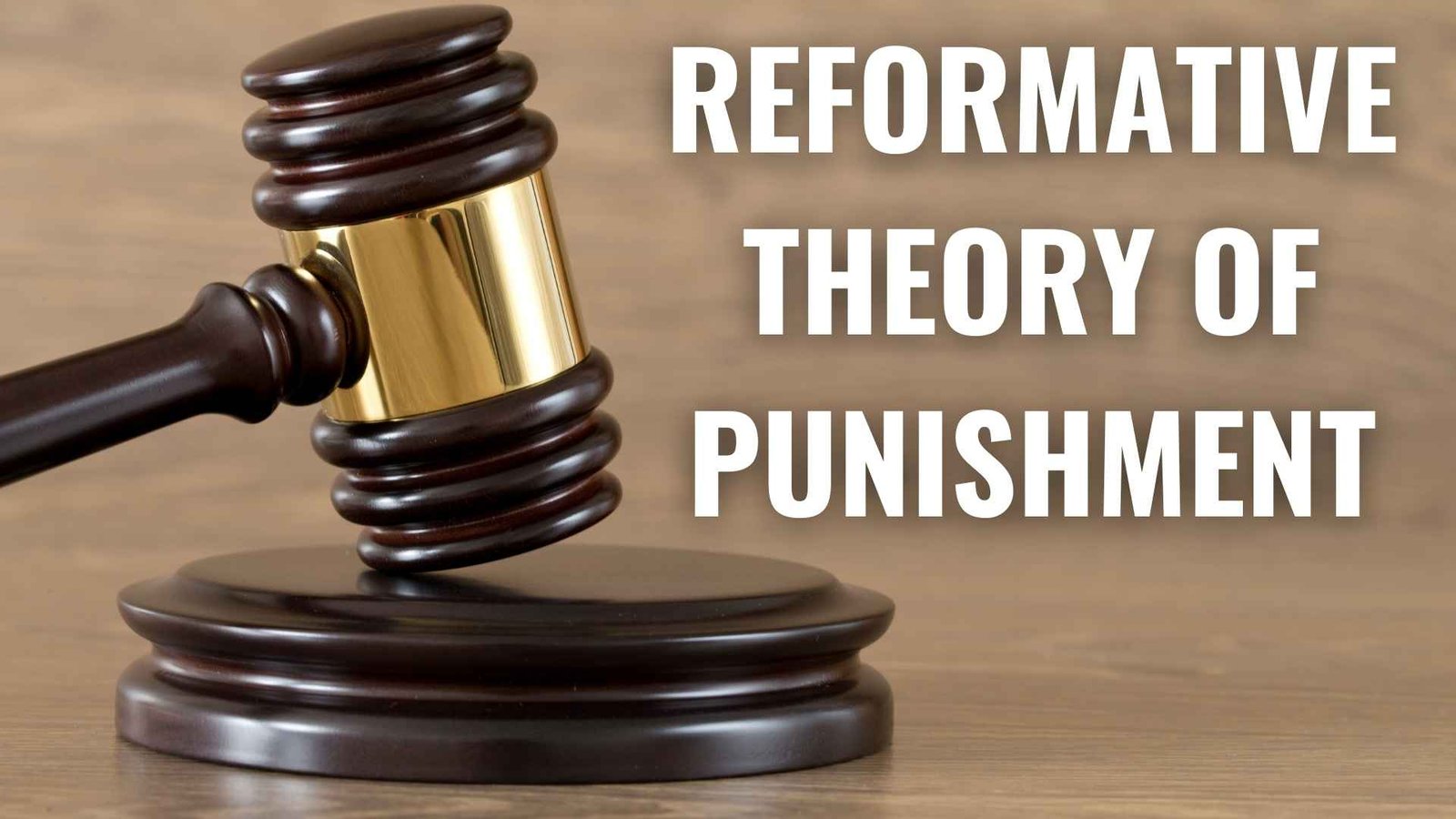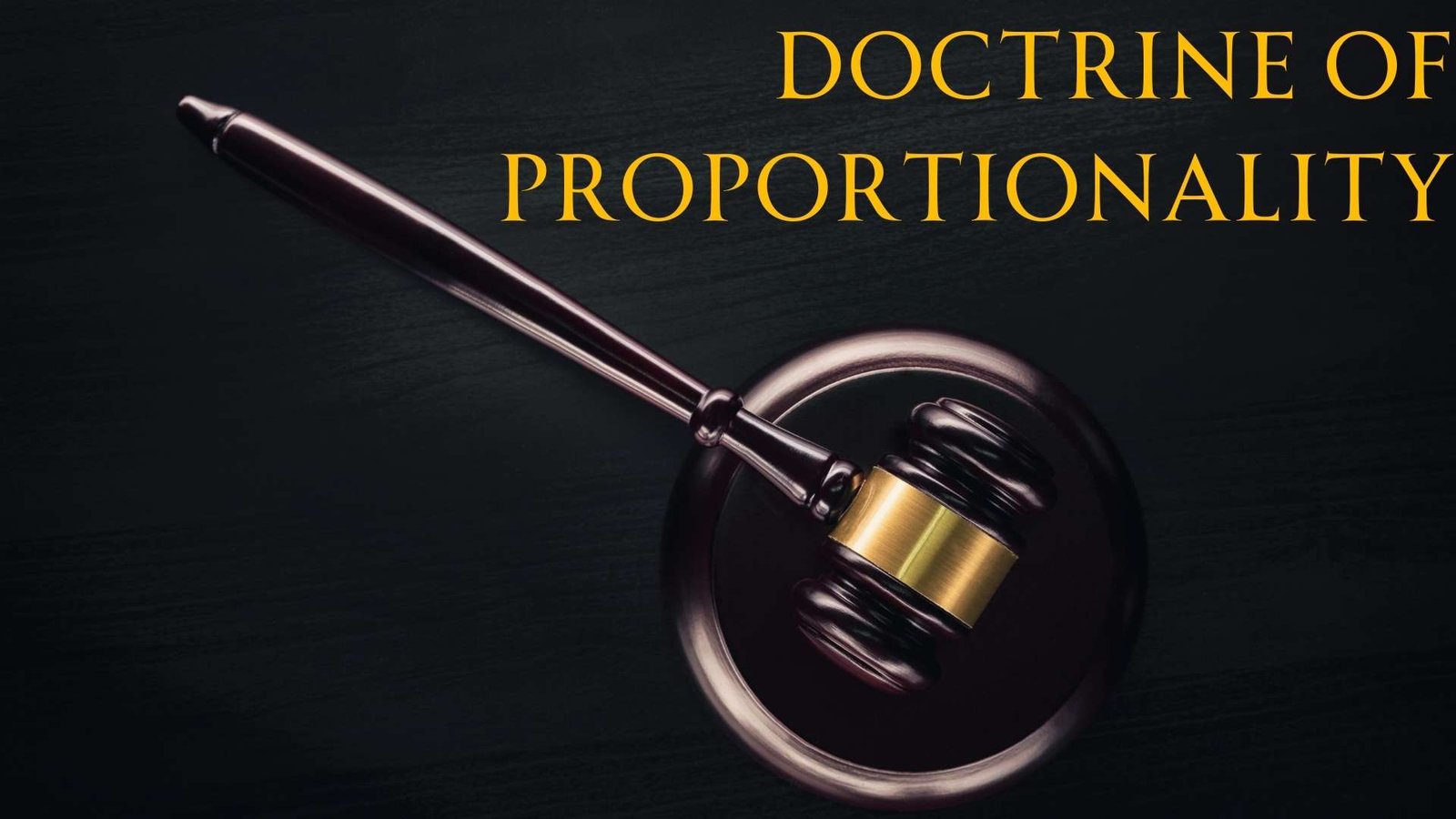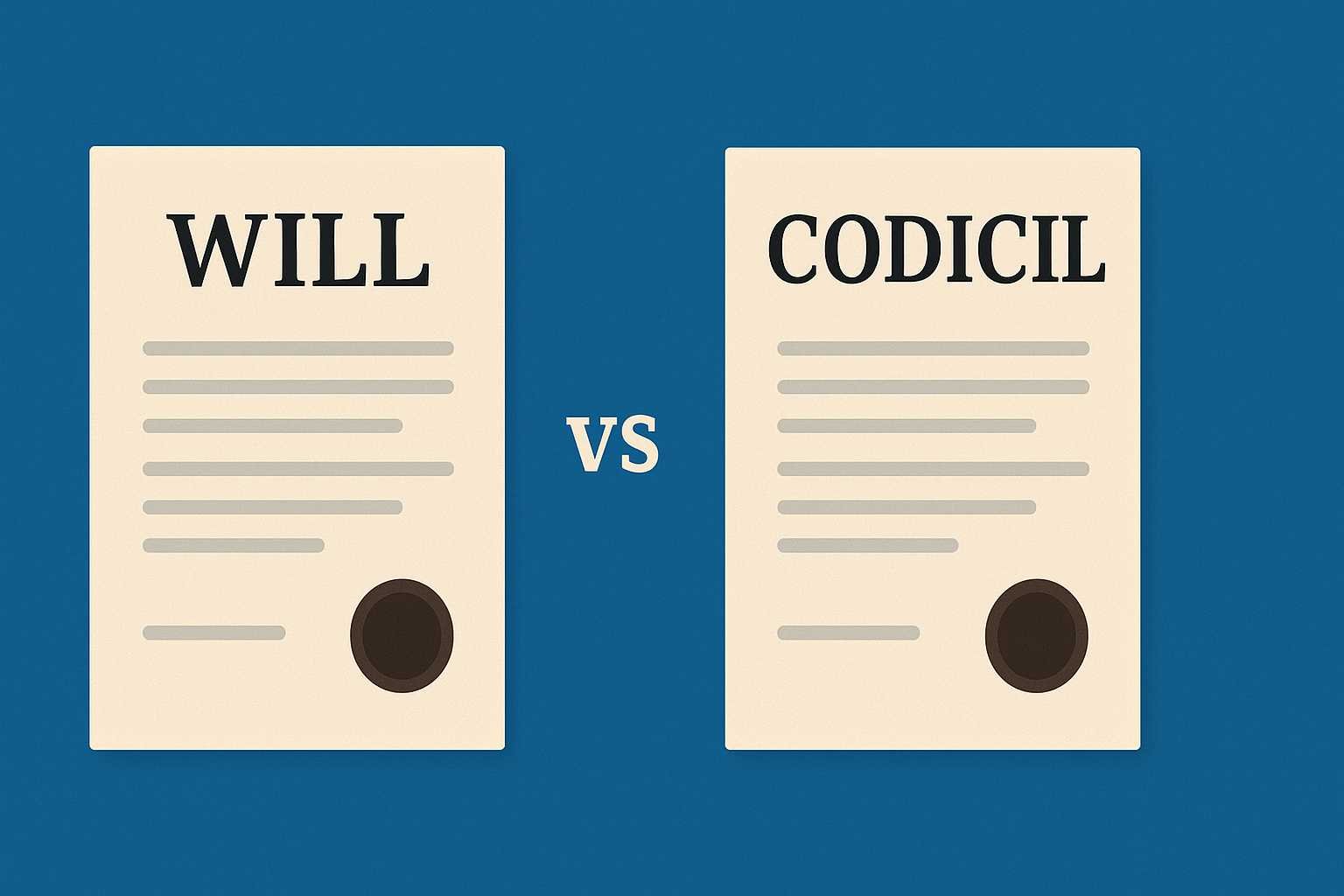On this page you will read detailed information about Reformative Theory of Punishment.
As you delve into the complex world of criminal justice, you’ll encounter various theories of punishment. Among these, the reformative theory stands out for its focus on rehabilitation rather than retribution. This approach challenges traditional notions of justice, emphasizing the potential for offenders to change and reintegrate into society. By exploring the reformative theory of punishment, you’ll gain insight into a perspective that prioritizes long-term societal benefits over short-term punitive measures. Understanding this theory is crucial for anyone interested in criminal justice reform, as it offers a compassionate yet pragmatic approach to addressing crime and recidivism. Join us as we examine the principles, applications, and critiques of this influential theory.
What is the Reformative Theory of Punishment?
The reformative theory of punishment is a progressive approach to criminal justice that focuses on rehabilitating offenders rather than merely punishing them. This theory recognizes that individuals are not inherently criminal and aims to transform offenders into law-abiding citizens through rehabilitation and reintegration into society.
Core Principles
At its core, the reformative theory of punishment emphasizes:
- Individualism: Treating each offender as a unique case
- Moral and social rehabilitation
- Addressing root causes of criminal behavior
- Reintegration of offenders into society
Rather than imposing harsh punishments, this approach seeks to provide offenders with opportunities to rectify their mistakes and become productive members of society.
Implementation Methods
The reformative theory advocates for various techniques to rehabilitate offenders, including:
- Counseling and therapy
- Education and vocational training
- Probation and parole programs
- Open jails and reformatories
These methods aim to boost offenders’ economic status, provide employment opportunities, and ultimately eliminate the primary motives for committing crimes.
Strengths and Criticisms
Proponents argue that the reformative approach is more humane and effective in reducing recidivism, especially for juvenile and first-time offenders. It has been instrumental in preventing young offenders from becoming hardened criminals.
However, critics point out that this theory may not be suitable for hardened criminals with multiple offenses. Additionally, some argue that the focus on rehabilitation may seem unjust to victims who have suffered due to the offender’s actions.
Despite these criticisms, the reformative theory of punishment represents a shift towards a more holistic and rehabilitative model of criminal justice, aiming to create a safer society by addressing the root causes of criminal behavior.
Origins and History of the Reformative Theory
The reformative theory of punishment emerged in the 19th century as a progressive approach to criminal justice, marking a significant departure from traditional retributive and deterrent models. This theory, rooted in humanistic principles, views offenders as individuals capable of change and rehabilitation rather than mere objects of punishment.
Early Development
The reformative theory of punishment gained traction during a period of social reform and evolving perspectives on human behavior. It arose as a humane alternative to the harsh punitive measures of the time, emphasizing the potential for offenders to be reformed and reintegrated into society as law-abiding citizens. This shift in thinking was influenced by advancements in psychology, sociology, and criminology, which began to view criminal behavior as a result of various societal and environmental factors rather than simply a willful violation of the law.
Key Principles and Objectives
At its core, the reformative theory focuses on transforming the criminal’s character and mindset. The primary objective is to rehabilitate offenders through education, vocational training, and psychological treatment during their incarceration. This approach aims to address the root causes of criminal behavior and equip offenders with the skills and mindset necessary to lead productive, law-abiding lives upon release.
Implementation and Challenges
The implementation of the reformative theory has faced both successes and challenges. Many countries have incorporated reformative elements into their criminal justice systems, such as probation, parole, and rehabilitation programs. However, the theory has also faced criticism for potentially conflicting with other punishment objectives, such as retribution and deterrence. Critics argue that it may be too offender-centric, ignoring the needs of victims and society at large. Additionally, questions have been raised about its effectiveness for hardened or habitual criminals.
Despite these challenges, the reformative theory of punishment continues to influence modern criminal justice systems, particularly in the treatment of juvenile offenders and first-time adult offenders. Its emphasis on rehabilitation and second chances remains a crucial aspect of ongoing debates about the purpose and effectiveness of punishment in society.
Key Principles of Reformative Punishment
The reformative theory of punishment represents a paradigm shift in criminal justice, focusing on rehabilitation rather than retribution. This approach aims to transform offenders into law-abiding citizens, addressing the root causes of criminal behavior. Let’s explore the key principles that underpin this progressive theory.
Individualized Treatment
A cornerstone of the reformative theory of punishment is its emphasis on individualized treatment. According to legal experts, this approach recognizes that each offender has unique circumstances and needs. Judges consider factors such as age, background, and the context of the crime when determining appropriate interventions. This personalized strategy aims to address the specific issues that led to criminal behavior, increasing the likelihood of successful rehabilitation.
Dignity and Opportunity
Another crucial principle is treating offenders with human dignity and providing opportunities for growth. The reformative theory posits that all individuals, regardless of their past actions, have inherent worth and the potential for change. As highlighted by legal scholars, this approach incorporates programs such as education, vocational training, and psychological treatment to equip offenders with the tools needed for successful reintegration into society.
Community Involvement
The reformative theory also emphasizes the importance of community participation in the rehabilitation process. Legal experts note that this principle extends beyond the walls of correctional facilities, involving probation, parole, and other community-based interventions. By fostering connections between offenders and their communities, this approach aims to create a support system that facilitates long-term behavioral change and reduces recidivism rates.
While the reformative theory of punishment offers a more humane and potentially effective approach to criminal justice, it’s important to note that its application may vary depending on the nature and severity of the crime. Balancing the needs of offenders, victims, and society remains an ongoing challenge in the implementation of this progressive theory.
In the previous post, we had shared information about An Introduction to Analytical School of Jurisprudence, so read that post also.
How Reformative Punishment Aims to Reform Offenders
The reformative theory of punishment takes a fundamentally different approach to addressing criminal behavior. Unlike retributive or deterrent models, this theory focuses on rehabilitating offenders and preparing them for successful reintegration into society.
Addressing Root Causes
At its core, the reformative theory of punishment seeks to identify and address the underlying factors that contribute to criminal behavior. According to the United Nations Office on Drugs and Crime, this approach aims to protect the human rights of prisoners while improving their prospects for rehabilitation. By targeting issues such as substance abuse, mental health problems, and lack of education or job skills, reformative programs strive to equip offenders with the tools they need to lead law-abiding lives upon release.
Evidence-Based Rehabilitation Strategies
Reformative punishment employs a range of evidence-based strategies to promote positive change in offenders. These may include:
- Cognitive behavioral therapy
- Educational and vocational training
- Substance abuse treatment
- Mental health support
The Federal Bureau of Prisons has implemented sweeping reforms based on this approach, developing personalized reentry plans for inmates and offering programs in adult literacy, high school equivalency, and post-secondary education.
Promoting Successful Reintegration
A key goal of the reformative theory of punishment is to facilitate offenders’ successful return to society. This involves not only addressing individual needs but also maintaining family ties and community connections during incarceration. Initiatives such as expanded video-conferencing visitation and family reunification events help inmates maintain important relationships, reducing the likelihood of reoffending upon release.
By focusing on rehabilitation and reintegration, the reformative theory of punishment aims to reduce recidivism rates and create safer communities for all.
Arguments For and Against Reformative Punishment
The reformative theory of punishment has sparked intense debate in criminal justice circles, with proponents and critics presenting compelling arguments. Let’s explore both sides of this contentious issue.
In Favor of Reformation
Advocates of the reformative theory of punishment argue that it addresses the root causes of criminal behavior, potentially breaking the cycle of recidivism. By focusing on rehabilitation through education, counseling, and skills training, this approach aims to transform offenders into productive members of society. Proponents contend that successful rehabilitation not only benefits the individual but also enhances public safety by reducing future crimes.
Furthermore, supporters highlight the potential for cost savings in the long term. By reducing reoffending rates, reformative approaches could decrease the burden on the criminal justice system and ultimately lower incarceration costs.
Arguments Against Reformation
Critics of the reformative theory of punishment raise several concerns. One common argument is the perceived lack of empirical evidence supporting the effectiveness of rehabilitation programs. Skeptics question whether these interventions consistently lead to reduced recidivism rates.
Another criticism centers on the notion of justice and retribution. Some argue that a focus on reformation may lead to sentencing disparities, potentially undermining the principle of proportional punishment. Critics contend that this approach might not adequately address the need for accountability and may fail to provide a sense of justice for victims and society at large.
Striking a Balance
While the debate continues, many experts advocate for a balanced approach that incorporates elements of both reformation and traditional punitive measures. The international community has recognized the need to balance different goals and apply a range of non-custodial measures as alternatives to imprisonment. This nuanced perspective acknowledges the complexities of criminal behavior and the diverse needs of both offenders and society.
Examples of Reformative Punishment Programs
The reformative theory of punishment emphasizes rehabilitation and reintegration of offenders into society. This approach has led to the development of various programs aimed at reducing recidivism and promoting positive change. Let’s explore some notable examples of reformative punishment programs in action.
Education and Vocational Training
One of the cornerstones of the reformative theory of punishment is providing inmates with educational and vocational opportunities. Many prisons offer GED programs, college courses, and job training, equipping offenders with valuable skills for their eventual return to society. These programs not only reduce idle time but also enhance employability, thus decreasing the likelihood of reoffending.
Behavioral Health Initiatives
Recognizing the role of mental health and substance abuse in criminal behavior, some jurisdictions have implemented alternative sentencing options. For instance, Kentucky has established pilot behavioral health conditional dismissal programs in select counties. These initiatives allow individuals charged with certain non-violent crimes to enter treatment instead of incarceration, addressing the root causes of criminal behavior.
Restorative Justice Programs
Restorative justice programs, aligned with the reformative theory of punishment, focus on repairing harm caused by criminal behavior. These programs often involve mediation between offenders and victims, community service, and restitution. By fostering empathy and accountability, restorative justice aims to rehabilitate offenders while providing closure for victims.
Early Release and Reintegration Support
Many jurisdictions have implemented early release programs for good behavior, coupled with robust reintegration support. These initiatives may include earned compliance discharge credits, as seen in Oklahoma, or education and workforce credits in Florida. Such programs incentivize positive behavior and provide a smoother transition back into society, reducing the risk of recidivism.
By implementing these reformative punishment programs, the criminal justice system aims to address the underlying causes of criminal behavior and provide offenders with the tools and support needed for successful rehabilitation and reintegration into society.
Comparing Reformative to Retributive and Deterrent Punishment
When examining the reformative theory of punishment, it’s essential to understand how it differs from other prominent approaches, particularly retributive and deterrent theories. Each of these philosophies offers a distinct perspective on the purpose and implementation of punishment within the criminal justice system.
Retributive vs. Reformative Approaches
The retributive theory of punishment focuses on the idea that offenders should receive punishment proportional to their crimes. This approach emphasizes holding criminals accountable for their actions, based on the belief that they deserve to suffer for their wrongdoing. In contrast, the reformative theory of punishment takes a more rehabilitative stance. Rather than solely focusing on punishing offenders, it aims to address the underlying causes of criminal behavior and transform individuals into productive members of society.
Deterrence vs. Reformation
The deterrent theory of punishment seeks to prevent future crimes by instilling fear in both the offender and the general public. This approach can be further divided into specific deterrence (aimed at the individual offender) and general deterrence (targeting potential criminals in society). The reformative theory, however, emphasizes positive reinforcement and personal transformation rather than fear-based prevention. By focusing on rehabilitation programs, education, and skill-building, the reformative approach aims to reduce recidivism and promote long-term behavioral change.
Holistic Perspective of Reformative Theory
Unlike retributive and deterrent theories, the reformative theory of punishment views crime as a result of complex social, psychological, and biological factors. This holistic perspective allows for a more nuanced approach to addressing criminal behavior, focusing on the offender’s reintegration into society and the prevention of future crimes through positive interventions. By prioritizing rehabilitation over punishment, the reformative theory seeks to create lasting change in both individual offenders and society as a whole.
The Role of Prisons in Reformative Justice
Shifting Focus from Punishment to Rehabilitation
The reformative theory of punishment emphasizes the importance of rehabilitating offenders rather than merely punishing them. In this context, prisons play a crucial role in implementing the reformative theory of punishment by providing an environment conducive to personal growth and positive change. According to the Brennan Center for Justice, many American prisons currently offer little to no effective rehabilitation, treatment, or educational opportunities for incarcerated individuals. However, a shift towards a more reformative approach could transform these institutions into catalysts for positive change.
Implementing Evidence-Based Programs
To effectively support the reformative theory of punishment, prisons must adopt evidence-based rehabilitation strategies. The Federal Bureau of Prisons has begun implementing sweeping reforms, including:
- Identifying inmates’ individual “criminogenic needs” upon arrival
- Expanding educational and vocational training opportunities
- Developing standardized programs targeting specific needs, such as cognitive behavioral therapy
These initiatives aim to reduce recidivism and strengthen public safety by addressing the root causes of criminal behavior.
Creating a Culture of Transformation
Reformative justice requires more than just implementing programs; it necessitates a fundamental shift in prison culture. The Brookings Institution suggests that creating “Cognitive Communities” within prisons, where the entire environment promotes pro-social thinking and behavior, could be more effective than standalone programs. This approach aligns with the reformative theory of punishment by fostering an atmosphere of growth and personal development throughout the entire prison experience.
Implementing Effective Reformative Punishment Systems
Individualized Assessment and Planning
Implementing an effective reformative theory of punishment begins with a comprehensive assessment of each offender’s unique needs. The Federal Bureau of Prisons (BOP) has initiated reforms to identify inmates’ “criminogenic needs” upon intake, enabling the creation of personalized reentry plans. This approach recognizes that successful rehabilitation requires tailored interventions rather than a one-size-fits-all approach.
Education and Skill Development
A cornerstone of reformative punishment is providing educational opportunities and skill development programs. The BOP is building a “school district” within the federal prison system, including innovative approaches like tablet-based learning. Additionally, expanding access to postsecondary education through initiatives like the Second Chance Pell Pilot Program equips inmates with valuable knowledge and credentials, enhancing their prospects for successful reintegration.
Mental Health and Substance Abuse Treatment
Addressing underlying mental health issues and substance abuse problems is crucial for effective reformation. Prioritizing mental health treatment and substance abuse programs helps inmates overcome personal challenges that may have contributed to their criminal behavior. By focusing on these core issues, reformative punishment systems can reduce the likelihood of recidivism and promote long-term behavioral change.
Family and Community Connections
Maintaining strong family ties and community connections is vital for successful rehabilitation. Initiatives such as expanded video-conferencing visitation and family reunification events help inmates preserve important relationships. These connections provide crucial support systems and motivation for offenders to reform, ultimately facilitating smoother transitions back into society upon release.
Evidence-Based Programs and Continuous Improvement
To ensure the effectiveness of reformative punishment systems, it’s essential to implement evidence-based programs and continuously evaluate their impact. Developing standardized, evidence-based programs targeting criminogenic needs allows for more reliable outcomes and easier replication across different correctional facilities. Regular assessment and refinement of these programs ensure that reformative efforts remain aligned with best practices and evolving research in criminal justice reform.
Conclusion
As you consider the merits of the reformative theory of punishment, reflect on its potential to transform lives and reduce recidivism. By focusing on rehabilitation rather than retribution, this approach offers hope for both offenders and society. While challenges in implementation remain, the core principles of education, counseling, and skill-building provide a framework for meaningful change. As criminal justice systems evolve, incorporating reformative elements may lead to more positive outcomes and safer communities. Ultimately, embracing this theory requires a shift in perspective – seeing offenders not as irredeemable, but as individuals capable of growth and redemption. The reformative approach invites you to reimagine justice as a catalyst for positive change.
Disclaimer
The information and services on this website are not intended to and shall not be used as legal advice. You should consult a Legal Professional for any legal or solicited advice. While we have good faith and our own independent research to every information listed on the website and do our best to ensure that the data provided is accurate. However, we do not guarantee the information provided is accurate and make no representation or warranty of any kind, express or implied, regarding the accuracy, adequacy, validity, reliability, availability, or completeness of any information on the Site. UNDER NO CIRCUMSTANCES SHALL WE HAVE ANY LIABILITY TO YOU FOR ANY LOSS OR DAMAGE OF ANY KIND INCURRED AS A RESULT OR RELIANCE ON ANY INFORMATION PROVIDED ON THE SITE. YOUR USE OF THE SITE AND YOUR RELIANCE ON ANY INFORMATION ON THE SITE IS SOLELY AT YOUR OWN RISK. Comments on this website are the sole responsibility of their writers so the accuracy, completeness, veracity, honesty, factuality and politeness of comments are not guaranteed.
So friends, today we talked about Reformative Theory of Punishment, hope you liked our post.
If you liked the information about Reformative Theory of Punishment, then definitely share this article with your friends.
Knowing about laws can make you feel super smart ! If you find value in the content you may consider joining our not for profit Legal Community ! You can ask unlimited questions on WhatsApp and get answers. You can DM or send your name & number to 8208309918 on WhatsApp








